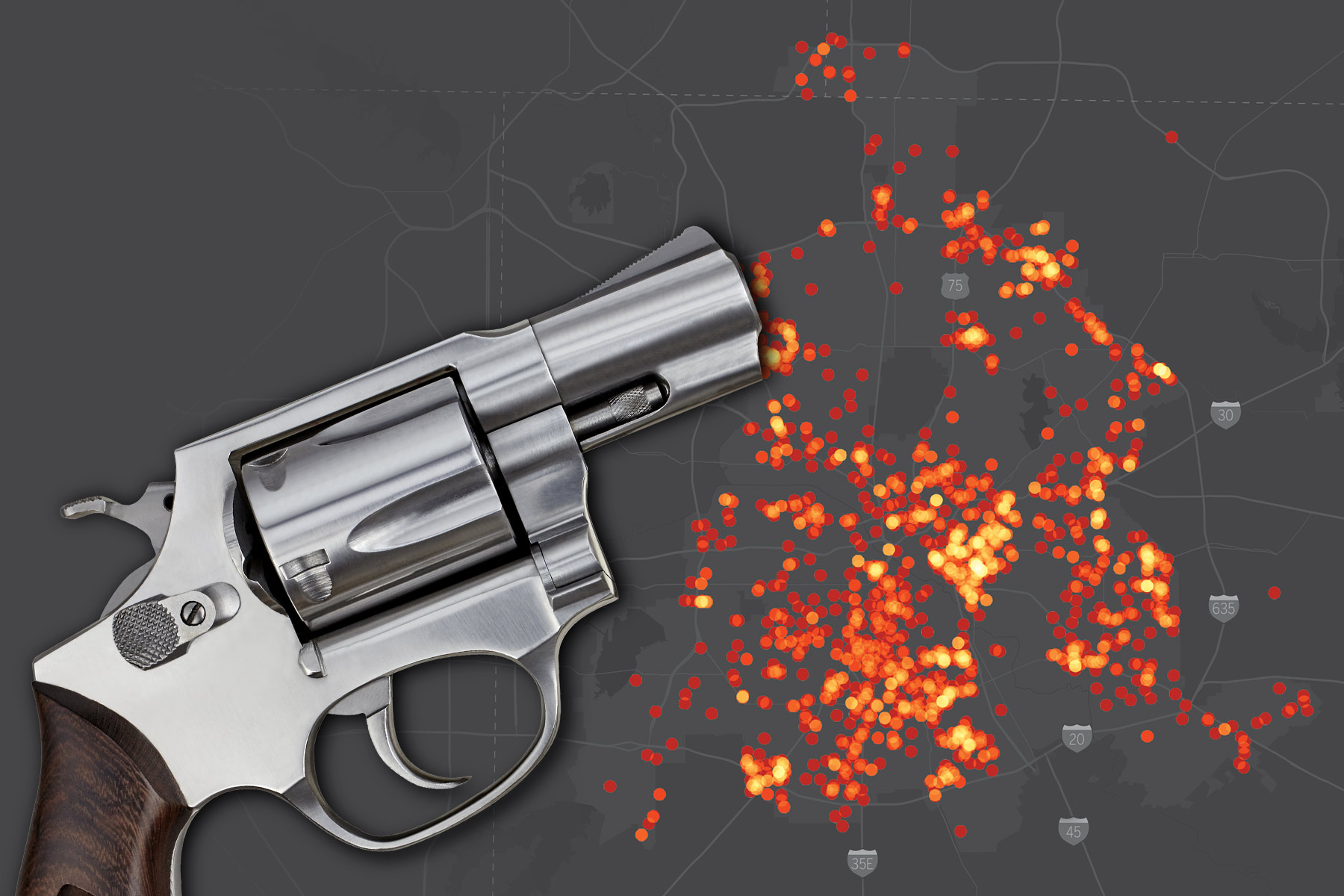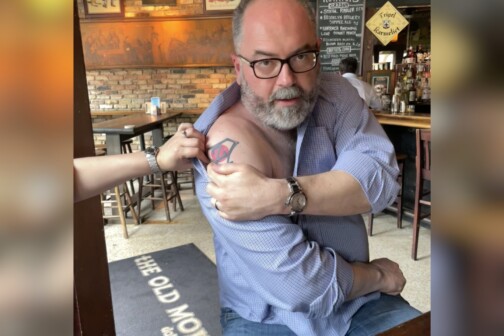Today, we are publishing online a column I wrote for the April issue of D Magazine. It’s about crime and about the data, about how the city’s public leaders handle the good news and the bad news and how they communicate it to the public. The story is largely about the years 2021 and 2022. I filed it in early March, before 34 people died by homicide that month, which the Dallas Morning News declared to be the deadliest month in the city in a little under three years.
As a postscript to the column, which you can read here, let’s look at the most recent data around violent crime in Dallas. There have been about 195 fewer incidents of violence—murders, aggravated assaults, robberies, and rapes—as of April 13 compared to the same period last year. That’s a decline of 6.81 percent, according to the Dallas Police Department data dashboard.
Thirteen more people have died by homicide or non-negligent manslaughter so far this year compared to 2022. Police spokeswoman Melinda Gutierrez says homicides are up 18.31 percent as of April 12. That’s an improvement over the last 13 days. DPD’s top officials briefed the City Council’s Public Safety Committee on Monday, as they do each month. The DPD briefing showed a 29.32 percent year-to-date increase in homicides through the end of March. So you can see how the numbers rise and fall over short periods.
As more proof of the variance, WFAA on March 20 reported a 40 percent year-to-date increase in homicides. The Dallas Observer tick-tocked all this reporting, too, focusing on the murders.
But other violent crime is down year over year. Aggravated assaults are down about 3 percent. Robberies are down 9 percent, with business robberies down more than 35 percent.
That WFAA report was a short profile of a nonprofit called Urban Specialists, which works with DPD to provide “violence interrupters” to help steer kids away from violent crime. It included an interview with Tarleton State University criminologist Alex del Carmen, who noted, “People focus on homicides because it is the scariest of all the crimes to take place.”
He mentioned the need to be patient with crime data, about how they frequently dip and jump. The police department monitors these spikes to try to figure out how to respond to violent crime.
The way to draw broad conclusions is over longer periods of time, understanding the data in the short term will deviate and tell different stories about how the department’s strategies are working.
“We just have to be patient and see how these numbers unravel,” del Carmen told WFAA.
Yes, it’s important to track data around violent crime. But it’s also important to couch it with the understanding that trends appear over a long period of time, not a single month. Police use the data to direct resources to try to combat these trends; the city is also using data to inform where to target public improvements to eliminate the physical characteristics of where crime happens. (Things like blight remediation, additional LED lighting, and parks.)
A lot has happened in the six weeks since I filed my story. But the gist remains on point. Read it here and you’ll see why.
Author






